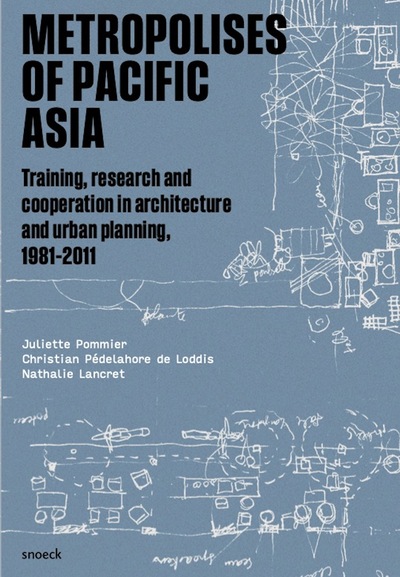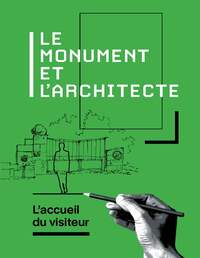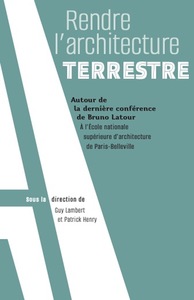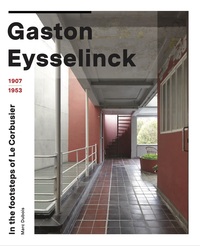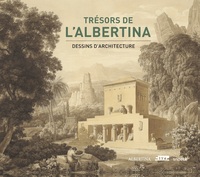Nous utilisons des cookies pour améliorer votre expérience. Pour nous conformer à la nouvelle directive sur la vie privée, nous devons demander votre consentement à l’utilisation de ces cookies. En savoir plus.
Metropolises of Pacific Asia
Snoeck Gent - EAN : 9789461619280
Édition papier
EAN : 9789461619280
Paru le : 12 juil. 2025
50,00 €
47,39 €
Epuisé
Arrêt définitif de commercialisation
Notre engagement qualité
-
 Livraison gratuite
Livraison gratuite
en France sans minimum
de commande -
 Manquants maintenus
Manquants maintenus
en commande
automatiquement -
 Un interlocuteur
Un interlocuteur
unique pour toutes
vos commandes -
 Toutes les licences
Toutes les licences
numériques du marché
au tarif éditeur -
 Assistance téléphonique
Assistance téléphonique
personalisée sur le
numérique -
 Service client
Service client
Du Lundi au vendredi
de 9h à 18h
- EAN13 : 9789461619280
- Réf. éditeur : 353853
- Collection : ARCHITECTURE
- Editeur : Snoeck Gent
- Date Parution : 12 juil. 2025
- Disponibilite : Epuisé
- Barème de remise : NS
- Nombre de pages : 324
- Format : H:280 mm L:193 mm E:25 mm
- Poids : 1.176kg
- Interdit de retour : Retour interdit
- Résumé : The ‘Metropolises of Pacific Asia' (MAP) training programme constituted an adventure of astonishing longevity. As the heir to the ‘Eastern Cities' programme founded in 1981, MAP brought together the architectural schools of Paris-La Villette and Paris-Belleville and the French institute of urbanism until 2005, and has been pursued since in separate forms at each institution. The programme was developed by the new generation of teachers and researchers forged by the anti-establishment events of May 1968 and benefitted from a grounding in the humanities and social sciences, forming part of a diverse body of architectural and urban studies on non-Western cultural centres and the Pacific Asia region in particular. This innovative educational approach within French academia was part of a larger geopolitical and societal evolution that proved decisive for the transformation of study subjects and territories, moving from the city to the metropolis, from Eastern Asia to an emergingPacific-oriented Asia positioned at the very heart of a new global economic system that would profoundly infl uence the region's accelerated urbanisation. This extensive survey brings together numerous first-hand accounts, interviews and archival documents, presenting the history and theoretical positioning of the MAP training within this context of mutation. It analyses MAP's educational features and facilities, as well as its legacies, fi nally providing a city-bycity examination of the work carried out by the students, both in situ and in the studio.

